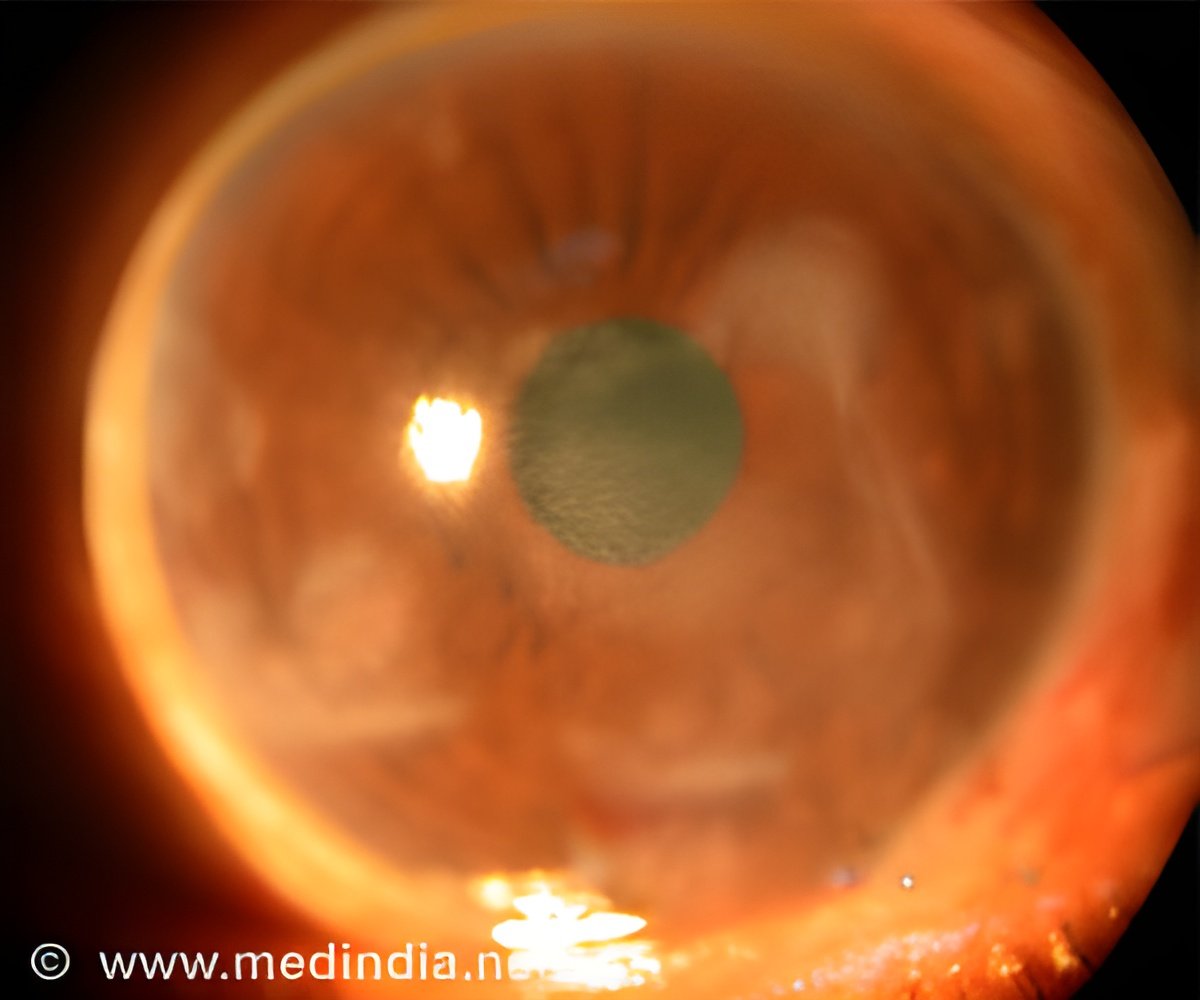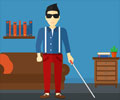Researchers determined for the first time that gene therapy may be of potential benefit even after there has been significant loss of cells in the eye.

The researchers also determined for the first time that gene therapy may be of potential benefit even after there has been significant loss of cells in the eye.
Roughly one in 4,000 people are affected by retinitis pigmentosa and about 10 to 20 percent have a particularly severe form called X-linked retinitis pigmentosa, which predominately affects males, causing night blindness by age 10 and progressive loss of the visual field by age 45, the study pointed out.
About 70 percent of people with the X-linked form carry mutations that cause loss of function of the retinitis pigmentosa GTPase Regulator (RPGR) gene. To overcome the effects of RPGR mutations, the researchers packaged healthy RPGR genes into an adeno-associated virus that is not known to cause any human diseases.
The aim was for the virus to deliver the genes into retinal cells and for the genes to produce the RPGR protein. The researchers then tested the gene therapy in a naturally occurring canine form of RPGR X-linked retinitis pigmentosa that appears among some mixed breeds.
Dogs with early to late stages of the disease were treated with the therapy in one eye. The untreated eye was evaluated as the control. Their results were published in the journal Proceedings of the National Academy of Sciences.
Advertisement















